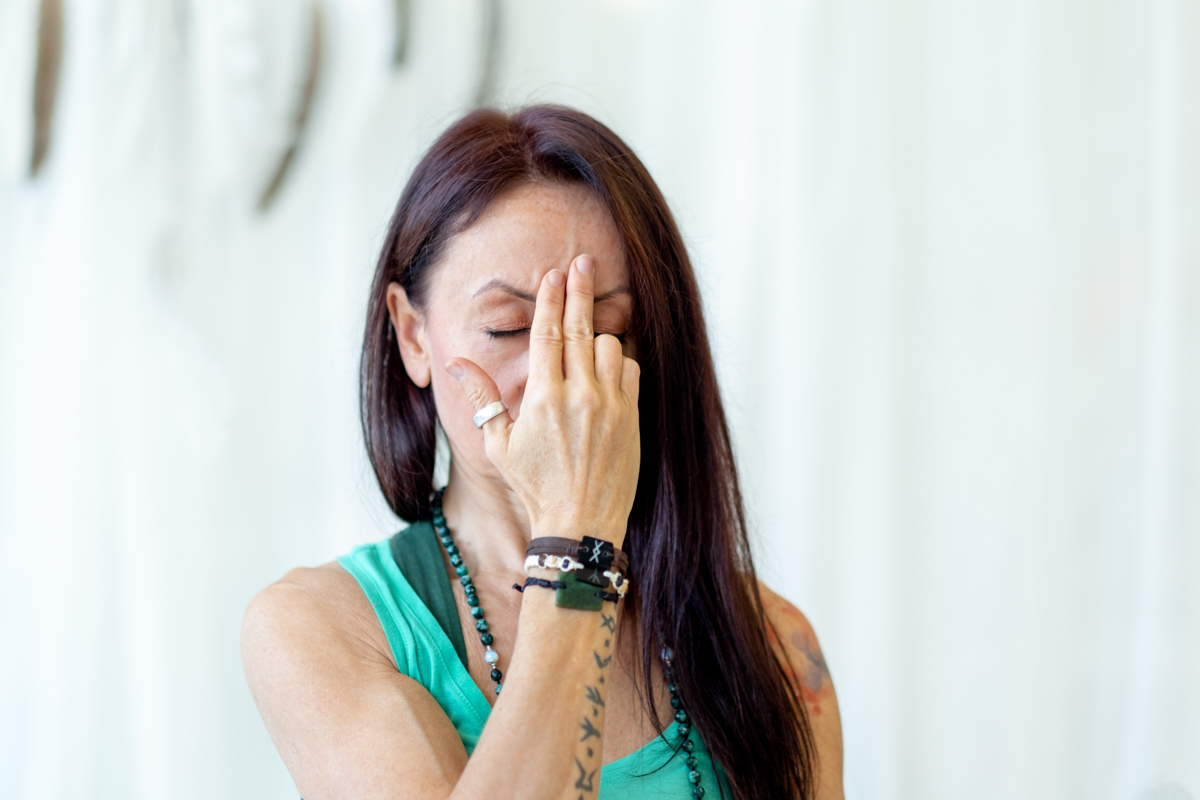
250-hrs Yoga and Pilates Teacher Training in magical Norway
In the summer of 2022, the first yoga and pilates teacher training will take place in Molde, Norway.
This Yoga and Pilates teacher training welcomes students who want to deepen their understanding of these two practices. Anyone who loves movement can learn and grow through this intensive 250-hour teacher training. Students may attend any of the three modules; both yoga teacher trainings are required to be eligible for registration with Yoga Alliance. Personal trainers, yoga practitioners, teachers, Pilates instructors, physiotherapists, and group fitness trainers, especially Les Mills Bodybalance and Bodyflow instructors will be able to enhance their personal practice and incorporate techniques they learn so they can teach a variety of classes without injury. The entire 250-hour teacher training is appropriate for beginners as well as intermediate and advanced students.
The 200-hour yoga teacher training will give a basic overview of different styles of yoga; as well as introducing the philosophy, and history of different styles. It will also prepare students to teach basic yoga poses and design around basic themes.
The Pilates module will teach the 50 preparation Pilates exercise and 34 original Pilates mat exercises in the correct order.
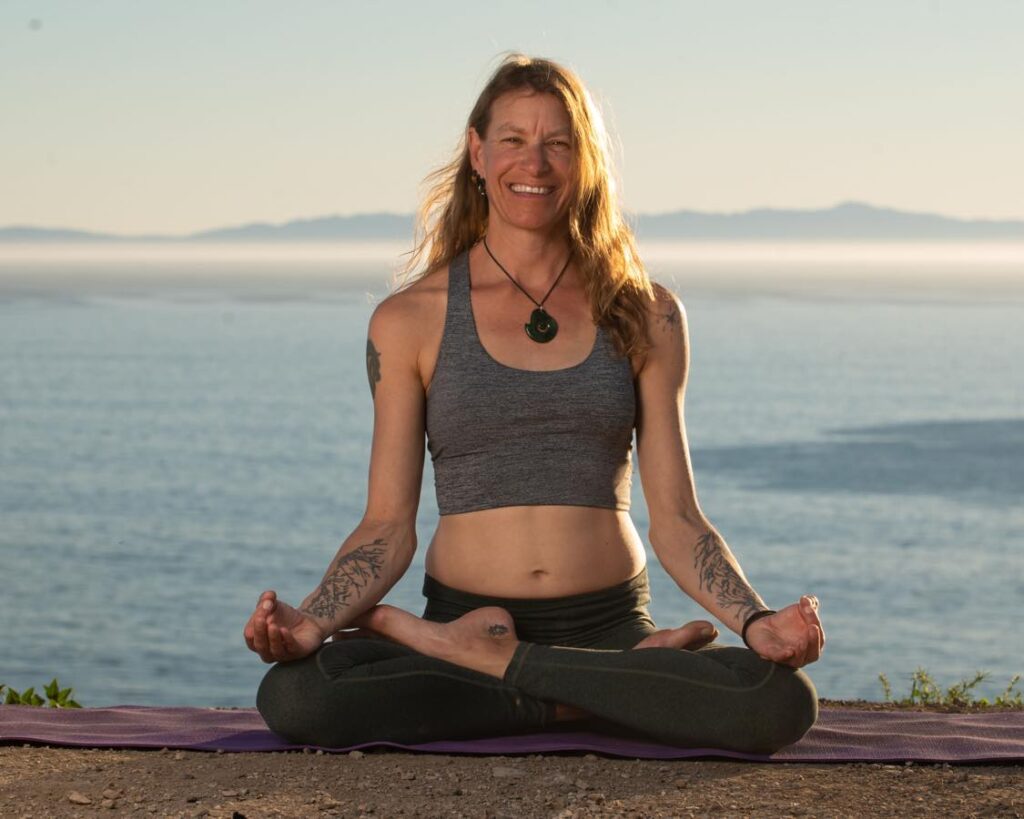
What is Yoga? And what is Pilates?
Yoga uses the body to connect with the mind and the inner self, while pilates uses mindfulness to connect to the inner workings of the body.
Yoga
Yoga was created in India thousands of years ago to connect the individual consciousness with the universal consciousness through physical activity. In short, it aims to not only improve your physical health but your emotional and spiritual health as well. Through repetitive movement, the act of yoga can be extremely therapeutic. In addition to being therapeutic, these movements focus on building flexibility and strength. Many types of yoga involve meditation at some point during the exercise. The meditative portion of yoga tends to attract people who are seeking to unwind from stressful situations.
Yoga is an integrated health management system using breath, movement, and meditation to unite the mind, body, and spirit. It also incorporates elements of philosophy, science, and an ethical way of living.
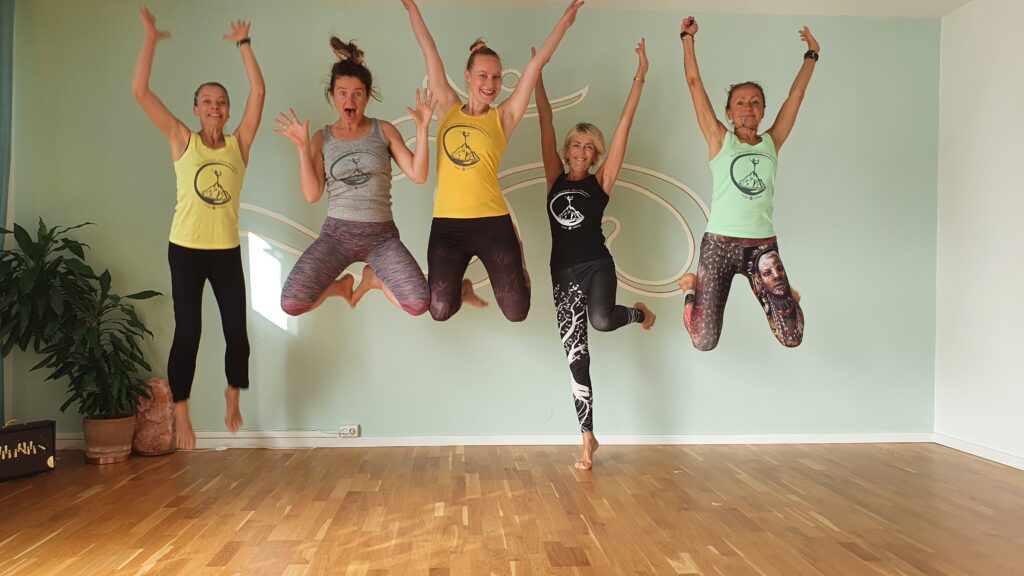
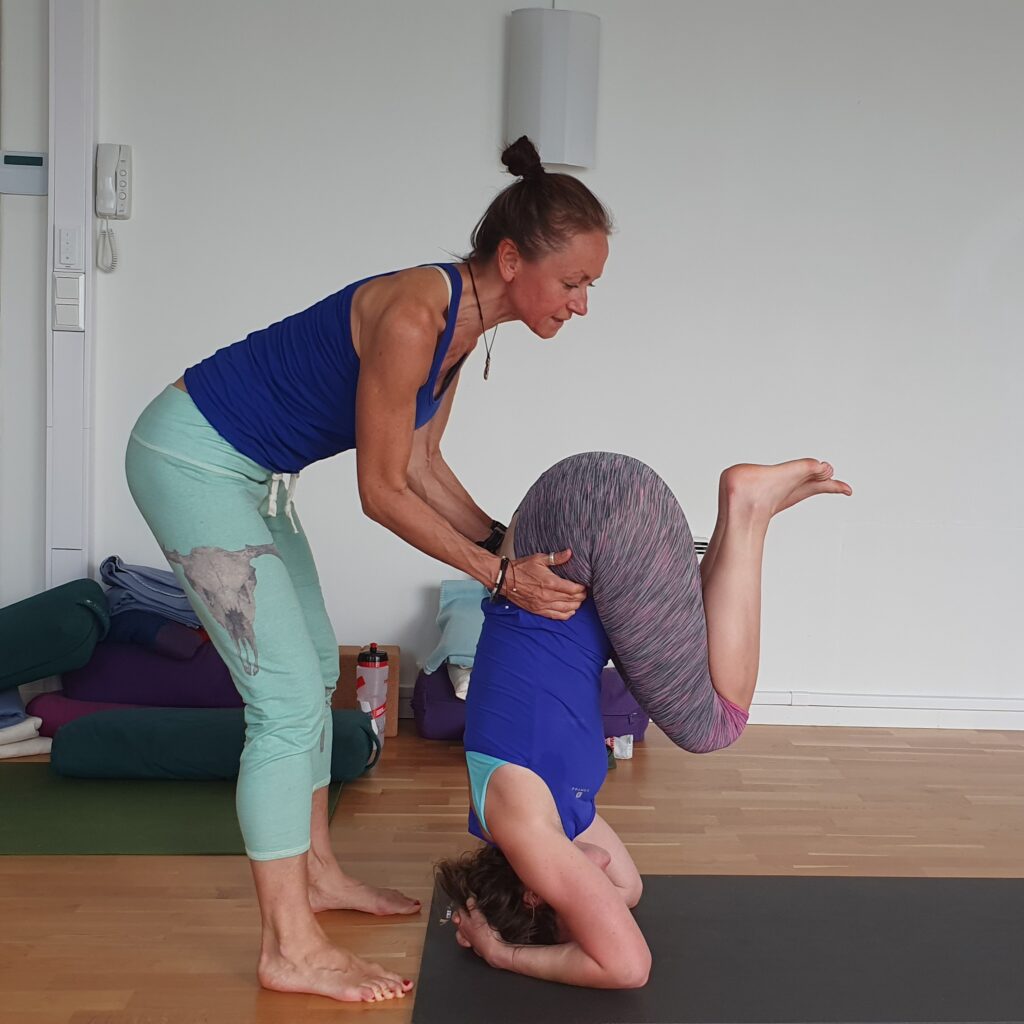
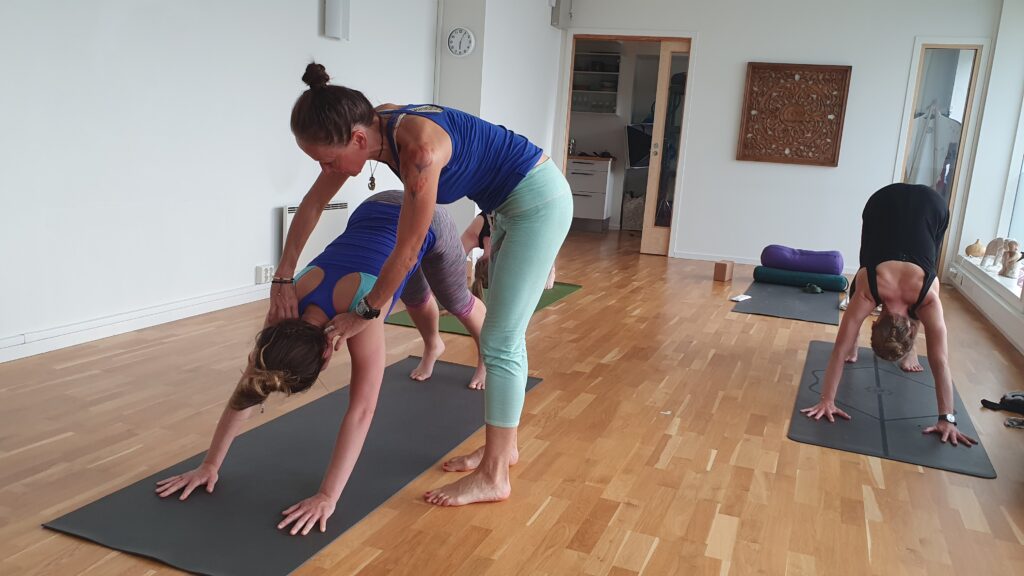
Pilates
Pilates was created in 1920 by German, Joseph Pilates for physical rehabilitation. Pilates aims to increase flexibility, strength, and body awareness. It is considered a resistance exercise, even though, as a beginner, you may experience an increased heart rate. Pilates has a full mat routine, in addition to exercises that can only be performed on specific Pilates machines, such as the reformer and the Cadillac.
The main goal of Pilates is to strengthen the core, improve posture, stabilize and elongate the spine and develop balance and overall strength.
Pilates works from the center of your body outward. It increases body awareness and core strength resulting in a more resilient body. Pilates is excellent for injury management. The gentle supportive movements are particularly useful for an aging population.
Yoga and eastern philosophy inspired much of Joseph Pilates’s technique. In his book Pilates’ Return to Life Through Contrology, he wrote that age is gauged not by years but by the suppleness of the spine. He also noted that full, deep breathing is a key component to efficient movement. And a stint on any Pilates mat reveals similarities between Pilates exercises and yoga asanas: Side Lift is much like Vasisthasana (Side Plank Pose), Roll Over is reminiscent of Halasana (Plow Pose), and Swimming could be mistaken for Salabhasana (Locust Pose).
Pilates’s focus on building and engaging a strong core can propel one’s yoga practice into new realms. This set of exercises can help yogis get stronger, avoid injury, and sometimes advance into poses that they hadn't previously thought possible.
Pilates Helps Yogis Engage Their Core!
This teacher training combines Pilates with yoga to transform your body and your daily routine.
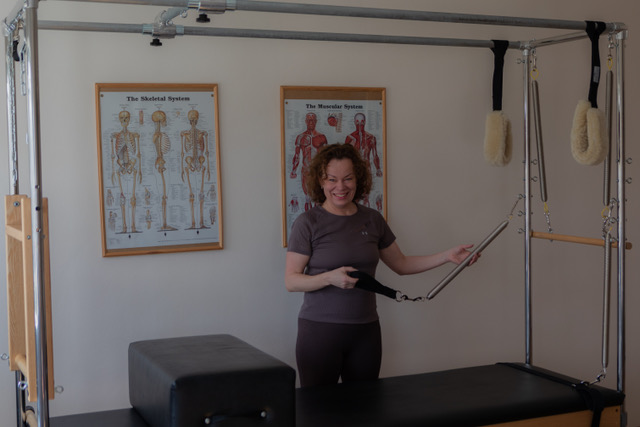
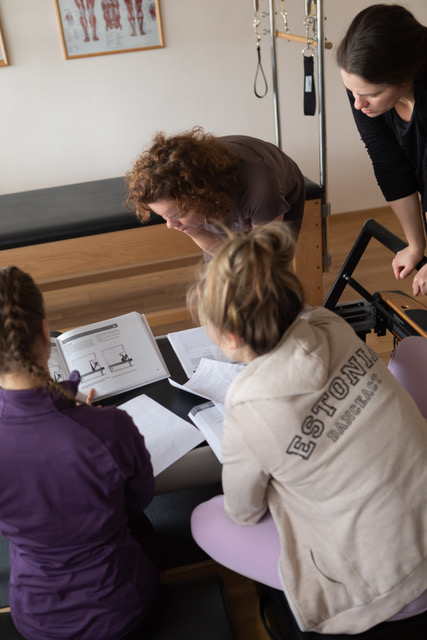
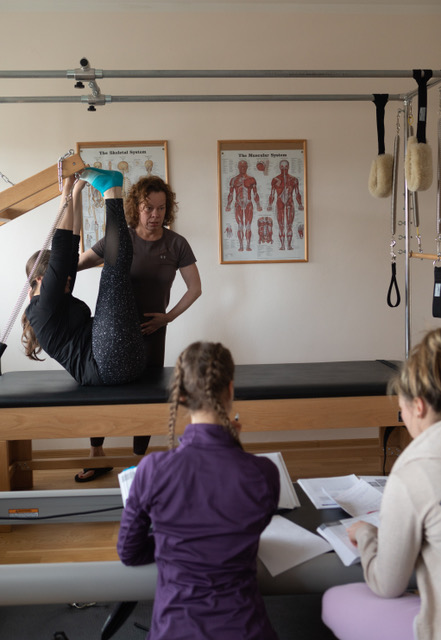
Difference between Yoga and Pilates
Yoga uses the body to connect with the mind and the inner self, while pilates uses mindfulness to connect to the inner workings of the body.
While yogis are instructed to either hold poses or flow through them in vinyasas, Pilates is a rhythmic practice of precise movements repeated five to 10 times for each exercise.
By focusing on targeted movements that develop core strength, Pilates can help yogis build a stable center, lengthen the side body, and increase awareness of alignment. The majority of the focus in Pilates routines is on the body’s powerhouse – the core. Strengthening the core creates stability, which improves balance in yoga poses and allows a student to hold asanas for longer periods of time. Strengthening the core muscles also brings safe alignment into yoga poses. The alignment of the limbs originates in the core. Improving alignment allows us to avoid injury and experience postures more ease. This comfort allows for effective energy channeling making every asana more fulfilling.
Although Pilates brings an intense focus to particular parts of the body – especially the core and the breath – Yoga fosters a deeper connection with all layers of the Self, including the mind. Developing the mind in this way will improve your entire life, as well as their Pilates practice. Students who can connect with each movement are more aware of what occurs throughout their bodies.
Stronger muscles always try and take control, especially if your core is weak. Developing deeper core strength through Pilates brings greater control – control over the center of gravity, movements, and where the tension lives in the body. For example, arm and shoulder strength are commonly overused in Chaturanga Dandasana (Low Plank pose). A stronger core allows the power to originate in the core, improving the asana itself while reducing fatigue, strain, and injury in the upper body.
Where Yoga immerses a student entirely in a full-body routine, Pilates allows them to isolate the body’s specific movement patterns. Many people have trouble understanding what is going on in their bodies. Learning through highly focused methods during Pilates can help people become more knowledgeable about each body part in isolation. For example, gaining an intimate understanding of the shoulder girdle or how the various joints in the hips and lower spine interact will improve your body’s engagement throughout your Yoga classes.
One difference between pilates and yoga is the ultimate goal. Yoga provides a meditative environment for you to improve your overall quality of life. It focuses on stress relief while improving your body.
Yoga concentrates mostly on large, functional movement patterns increasing the overall strength and flexibility of the spine and limbs.
In Yoga, the primary goal is the connection to breathe, using various pranayama techniques. Pilates focuses on building deep core strength first and teaches correct muscle activation, which can help alleviate back pain. Pilates also focuses on breathwork, but unlike yoga, the goal in Pilates is to engage deep abdominal muscles, building core strength and stability.
Pilates is known as a "workout," and yoga as a "practice". However, to improve at anything requires practice, and when practiced well both Pilates and yoga are exceptional workouts.
Yoga and Pilates can work together to strengthen the core, lengthen the side body, and improve your alignment.
We hope, you can join us in Norway from 01-16 June and 01-10 August 2022 to learn how you can combine these techniques to strengthen your personal practice and begin your teaching journey.
Yoga and Pilates Teacher Training in Norway, Molde 2022. More info here.
